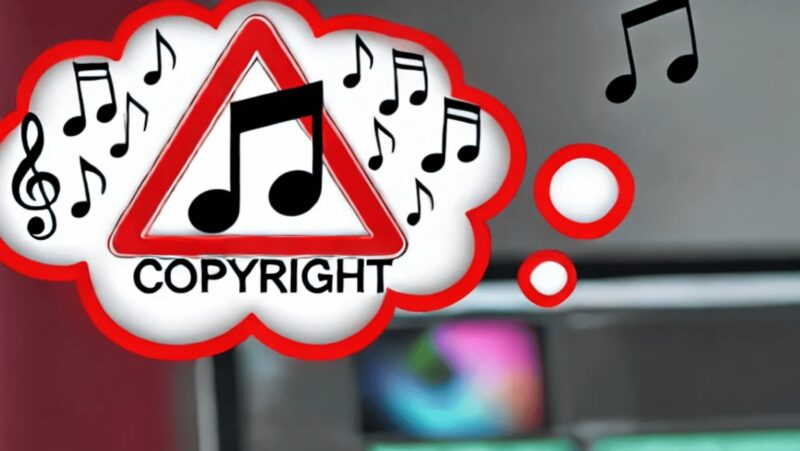Digital music has never been more accessible. Listeners can stream millions of tracks from around the world in seconds, but this same openness brings a risk: unauthorized copying and re-uploads of someone else’s creative work.
That’s why music platforms are investing heavily in technologies and policies to safeguard originality.
This article examines how and why those protections exist, what methods platforms use, and how they maintain a balance between creativity and compliance.
The Growing Challenge of Digital Copying
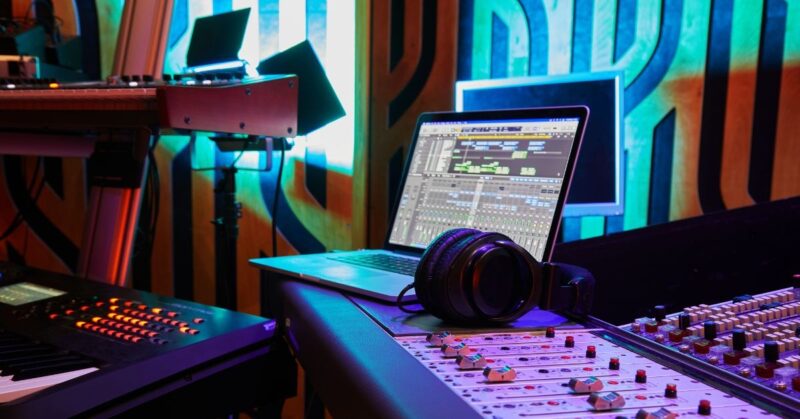
With over 100,000 new tracks uploaded daily to streaming platforms, the potential for copyright overlap has exploded.
Copying a song is no longer about physical duplication—it’s about re-uploading files, re-mixing stems, or sampling beats without proper credit.
Music platforms must constantly screen uploads for similarity, ensuring the rightful owner is credited and paid.
Key highlights:
- Platforms must verify ownership before distribution.
- Audio fingerprinting algorithms detect near-identical copies.
- Transparent metadata helps distinguish original artists.
These mechanisms keep platforms credible and prevent users from exploiting automated systems to gain views or royalties through someone else’s labor.
Tools That Detect Copy Issues in Uploaded Music
To manage enormous data inflow, platforms rely on content identification systems that analyze waveforms, frequency ranges, and time signatures.
When an uploaded track resembles an existing one, it’s automatically flagged for review.
In addition to proprietary systems, platforms use public reference tools to track digital duplication and textual metadata.
For example, even file descriptions and lyrics can reveal similarity. At this stage, content reviewers and AI models cross-check results to prevent false claims.
Using a word counter or other textual analysis tools helps songwriters ensure their lyrics are fully original before publishing them on digital platforms. These checks, although seemingly simple—form part of a broader ecosystem protecting intellectual property and promoting ethical content creation online.
Copyright Law and Platform Accountability
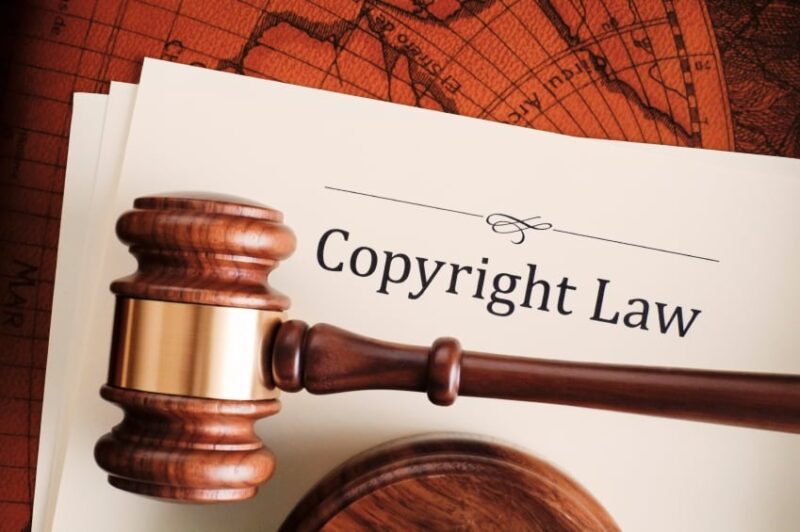
Music platforms operate under copyright laws that require swift removal of infringing content. The Digital Millennium Copyright Act (DMCA) in the U.S., for example, compels streaming services to act immediately when notified of unauthorized uploads.
Platforms must:
- Keep a clear record of content ownership.
- Respond quickly to takedown requests.
- Provide transparent dispute channels.
Did you know?
Most major platforms have legal teams solely dedicated to copyright compliance, monitoring global regulations and coordinating with music publishers to ensure fairness in royalties and usage rights.
These legal measures aren’t only about avoiding lawsuits, they build user trust and sustain a healthy creative economy.
How Platforms Verify Originality Before Publishing
Before a track even goes live, verification systems compare its digital fingerprint against vast audio libraries.
Each sound wave is converted into a mathematical hash, an identifier as unique as a fingerprint. If two hashes match closely, it signals a possible copy.
| Verification Step | Purpose | Outcome |
| Audio Fingerprinting | Detect structural similarity | Flags duplicates early |
| Metadata Review | Confirm artist, label, and ownership | Validates upload rights |
| AI Pattern Recognition | Identify melody overlap | Ensures originality |
| Human Review | Contextual verification | Final approval |
These combined methods ensure that independent artists, labels, and distributors maintain ownership integrity while protecting revenue streams from fraudulent re-uploads.
Collaboration Between Artists and Platforms
Protecting music originality isn’t just a technical task; it’s a cooperative process. Platforms encourage artists to register works, attach ISRC codes, and submit detailed metadata.
In return, creators get protection and traceability.
Artists also play a part by monitoring their catalogs and reporting suspicious duplicates. When creators and platforms share responsibility, the system becomes both transparent and sustainable.
“Copyright protection isn’t about punishment, it’s about fairness,” says an industry consultant. “Without it, genuine creativity gets lost under copies that sound the same but tell no story.”
This cooperation keeps streaming ecosystems vibrant, giving independent musicians the same security once reserved for major labels.
Balancing Creativity and Copyright
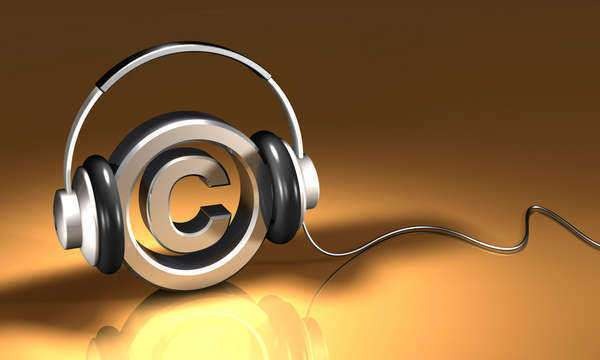
One of the hardest parts of moderation lies in distinguishing inspiration from imitation. Modern music thrives on sampling, remixing, and reinterpretation, forms that can easily border on infringement if not properly credited.
To handle this, many platforms offer:
- Sampling disclosures within upload forms.
- Licensing tools that automatically assign credit and royalties.
- Education resources to help creators understand copyright basics.
By teaching users the boundaries of fair use and original work, platforms cultivate ethical artistic expression rather than restricting it.
The Role of AI in Protecting Musical Integrity
Artificial intelligence now plays a central role in identifying copy patterns at scale. Machine learning models analyze rhythm, tone, and harmony to recognize similarities invisible to the human ear.
However, AI isn’t perfect. Over-flagging can occur when two artists use the same chord progressions or publicly available loops. That’s why most platforms combine algorithmic precision with human contextual judgment.
This hybrid approach ensures fair outcomes, especially for genres like electronic or hip-hop, where sampling is part of the creative DNA.
Subnote: AI not only detects copies but also assists in fair revenue distribution, automatically splitting royalties when a sample is legally cleared.
Educational Initiatives and Transparency
Many music platforms now invest in public education about originality. They publish guides explaining what counts as infringement and how to secure digital rights properly.
Transparency reports also reveal how many songs were flagged or removed each year, reinforcing the platform’s accountability.
Such initiatives demystify copyright law for younger artists and strengthen the culture of respect for intellectual property.
Knowing how to protect your art is as vital as knowing how to produce it.
The Broader Impact on the Creative Economy
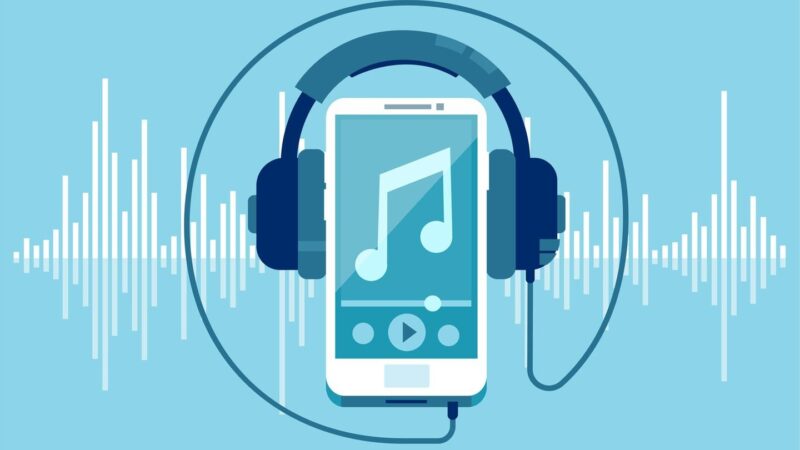
When music platforms uphold originality, they’re not just protecting individual artists, they’re supporting the global creative economy.
Copy issues reduce artist income and erode trust in digital distribution. By enforcing strict authenticity standards, platforms maintain healthy competition and encourage artistic innovation.
For emerging musicians, this protection means their first viral song can’t be instantly replicated and monetized by someone else.
For listeners, it ensures that streaming royalties go to the rightful creators, reinforcing loyalty toward ethical platforms.
Conclusion
Music platforms safeguard original work to ensure that creative voices remain distinct and respected.
Through fingerprinting, metadata verification, AI-assisted review, and educational initiatives, they maintain a delicate balance between artistic freedom and copyright integrity.
These efforts don’t just prevent theft, they nurture creativity by guaranteeing that every melody, lyric, and beat finds its rightful home in the digital world.
Protecting originality ensures that the music streaming revolution continues to thrive on trust, fairness, and innovation.
